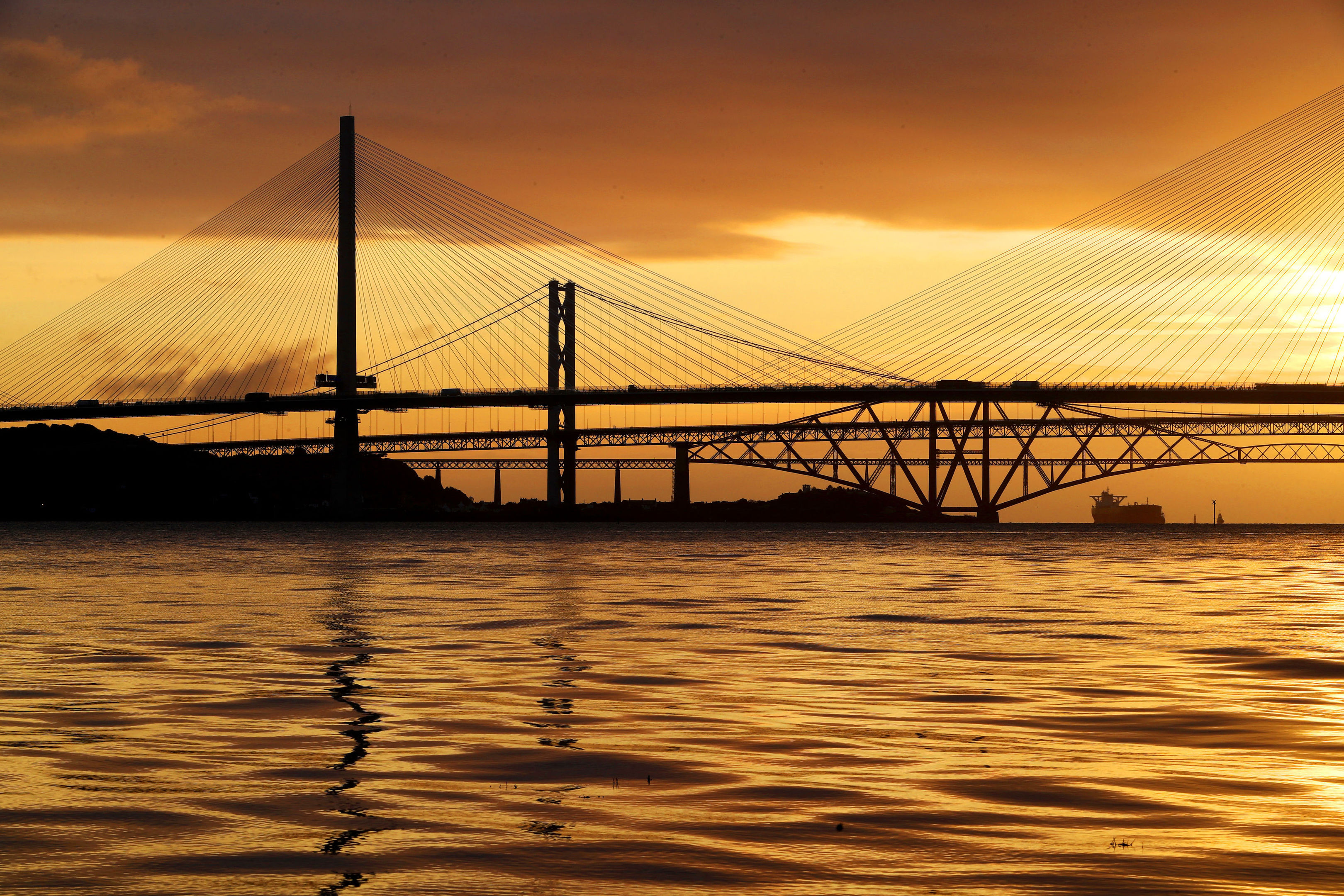
A report published using data from a number of climate change studies has revealed certain Scottish landmarks may be affected by rising sea levels.
Using information from Climate Central’s Surging Seas Map, renewable information portal GreenMatch has created an interactive map detailing sites which may be endangered by sea level rise by the year 2050 and 2100.
These include Fife’s Forth Road Bridge, and the UK’s tallest mountain, Ben Nevis, located in the Scottish Highlands.
The report states that by 2050, Ben Nevis’s peak may not be directly affected, but its surrounding habitat will be affected by rising seas.
It says milder winters and decreased snowfall will likely affect the surrounding flora and habitat, stating the sea level rise in the Highland area is at a greater rate than the rebound since the last ice age.
By 2100, it claims there will be an even higher risk for other habitats near to the mountain.
The Forth Road Bridge, labelled the sixth UNESCO World Heritage Site in Scotland in 2015, will also be affected, claims the report.
It says the area in which the bridge sits will be affected by the process of coastal erosion and flooding, meaning the Scottish landmark will be at risk by 2050.
The report details 19 other sites across the UK which will be affected by climate change, with coastal cities and areas of flat, low altitudes most likely to be affected.
These include London’s Tower Bridge, the Palace of Westminster, Brighton Palace Pier, Blackpool Tower and the White Cliffs of Dover.
To find out more about the study, click here.

Enjoy the convenience of having The Sunday Post delivered as a digital ePaper straight to your smartphone, tablet or computer.
Subscribe for only £5.49 a month and enjoy all the benefits of the printed paper as a digital replica.
Subscribe